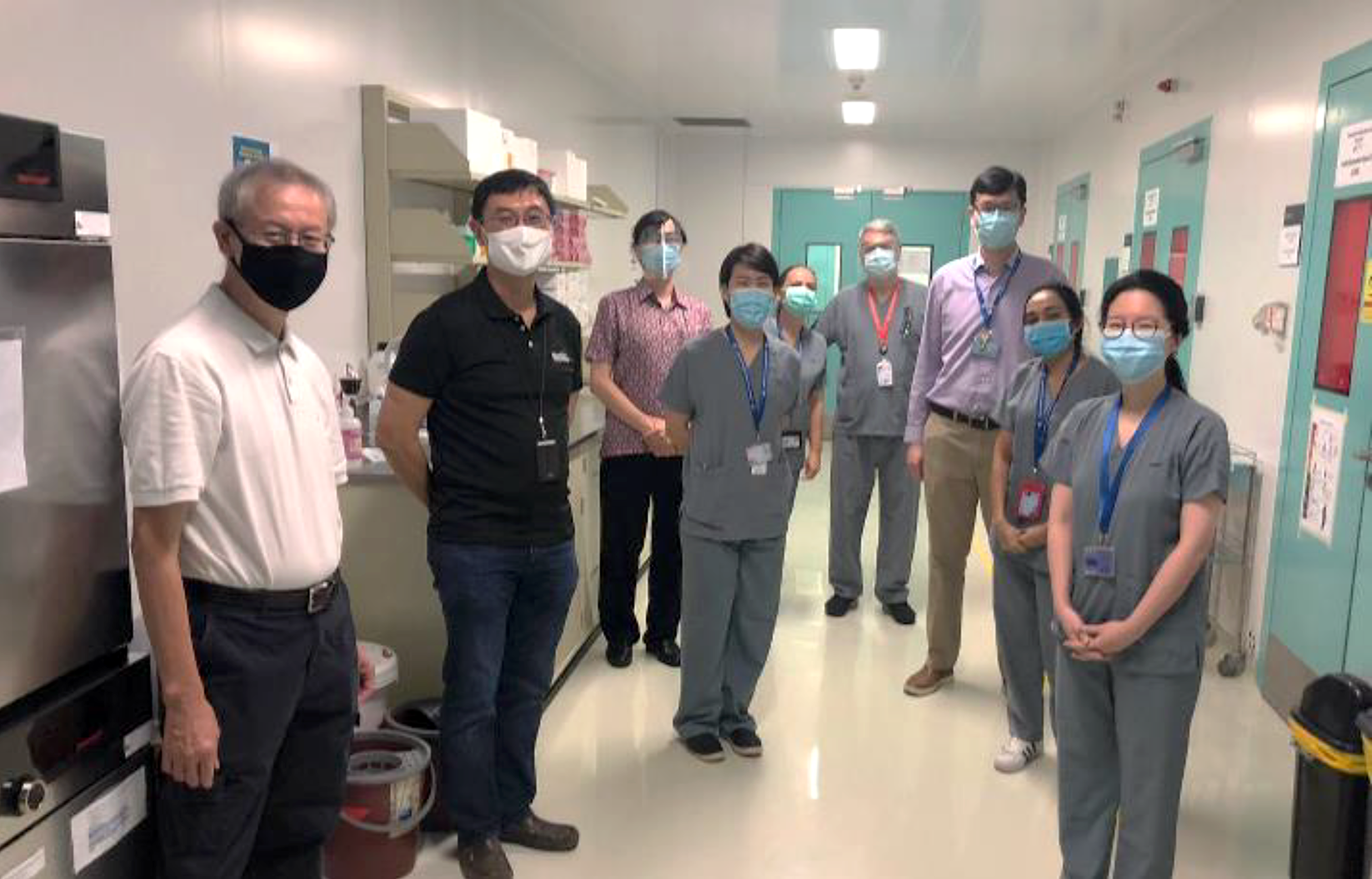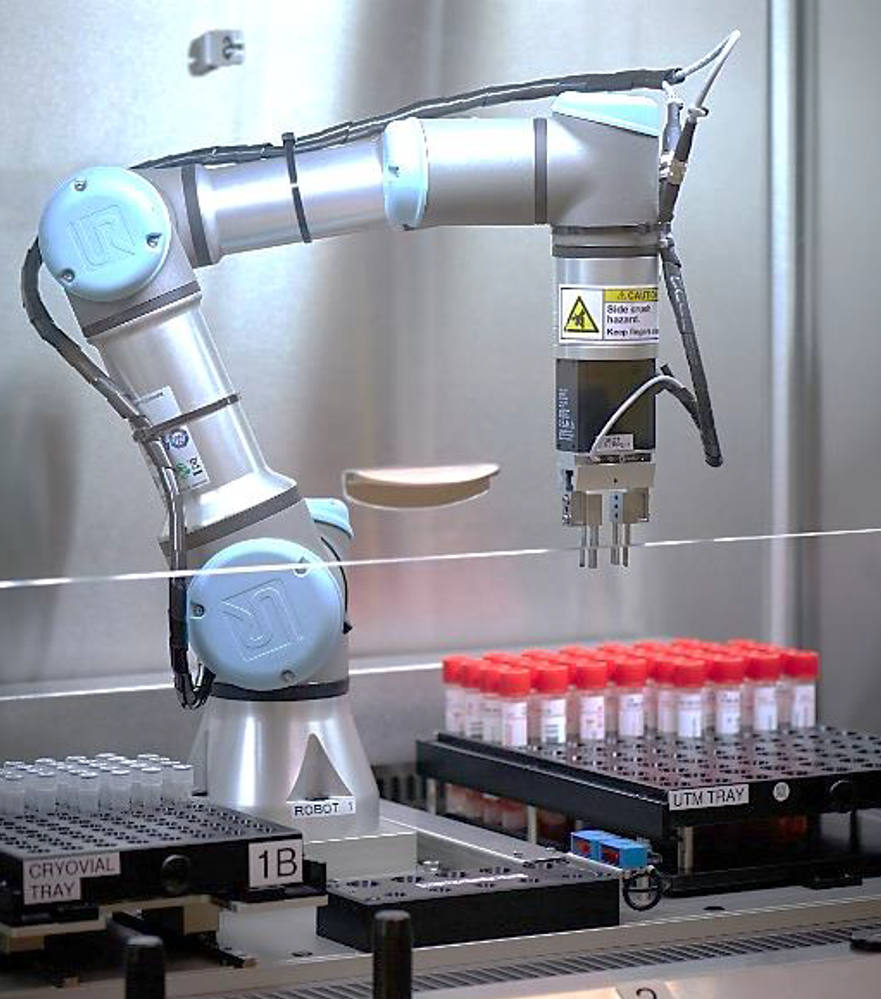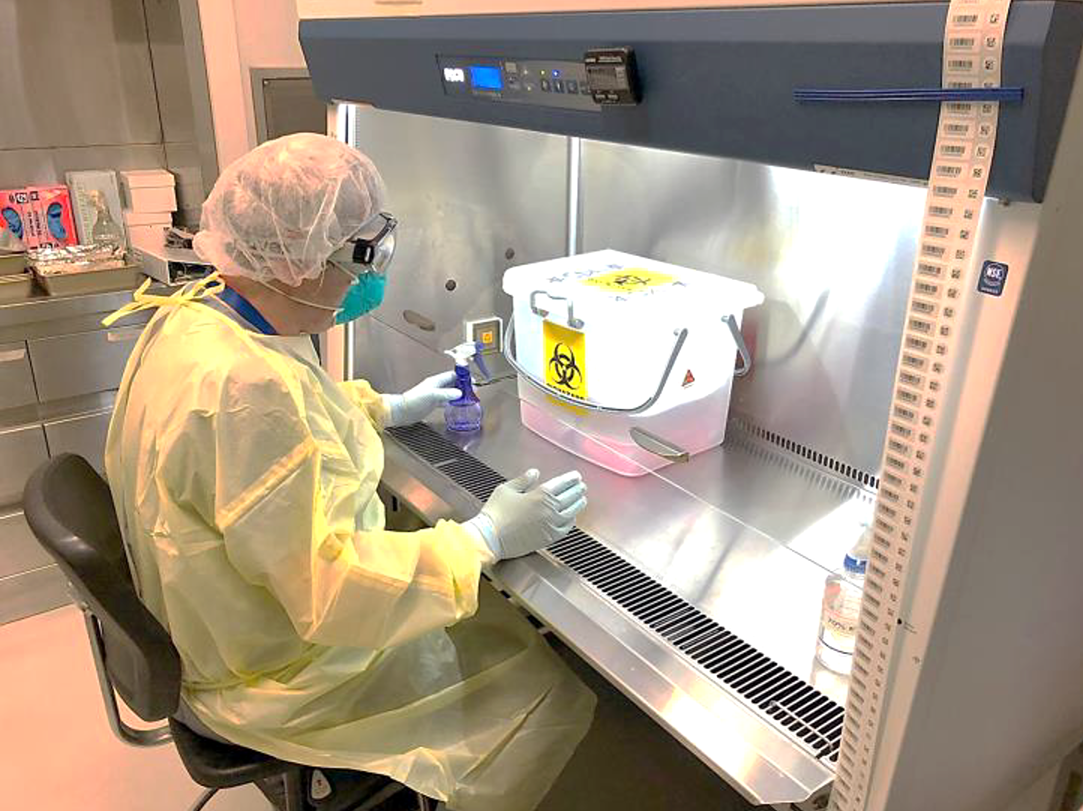Operation Stronghold GIS’ response to the COVID-19 Pandemic

In April 2020, the Ministry of Health approached A*STAR and partners for assistance in setting up a large-scale COVID-19 testing facility, as an integral component of an overall national strategy to boost the nation’s testing capacity for COVID. Increasing the nation’s testing capacity was deemed, at the very highest levels of the Singapore government, as an essential step in returning the country to economic and social normalcy, as this would enable hospital diagnostic facilities to return to regular clinical testing (for other conditions), facilitate repeated rostered testing, allow screening of high-risk populations, and open up international travel.

Accomplishing in three months what would have normally taken half a year or more, the GIS team rapidly established a pilot scale clinical-grade laboratory (SDL@GIS) to develop clinical workflows for the main facility, testing and optimising new equipment, and developing training curriculum for SDL staffers to work under a rigorous personal protective equipment (PPE) environment and standard operating protocols to ensure testing operations in a safe and accurate manner.

A*STAR celebrates International Women's Day

From groundbreaking discoveries to cutting-edge research, our researchers are empowering the next generation of female science, technology, engineering and mathematics (STEM) leaders.
Get inspired by our #WomeninSTEM
.png?sfvrsn=2e525642_5)